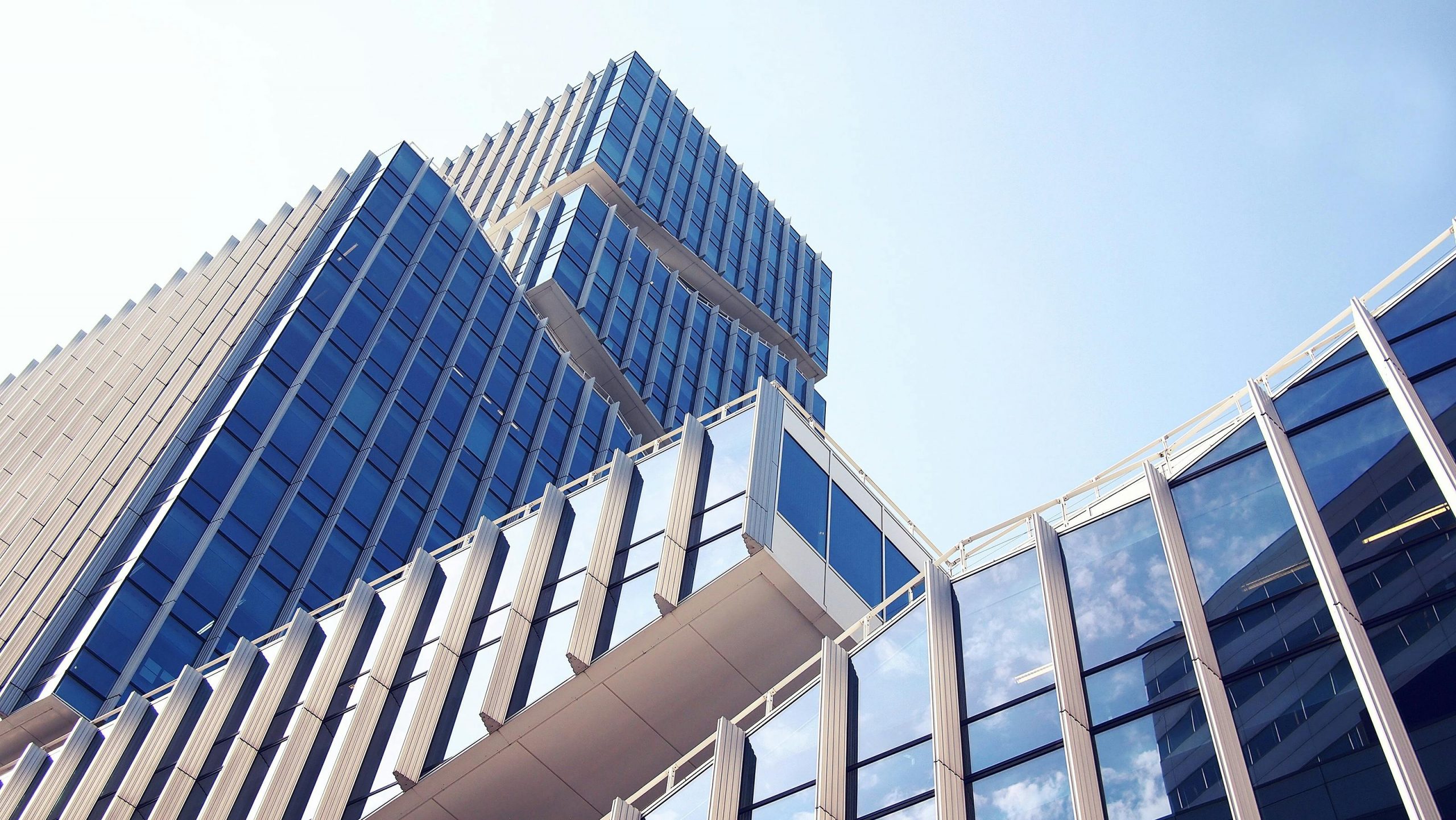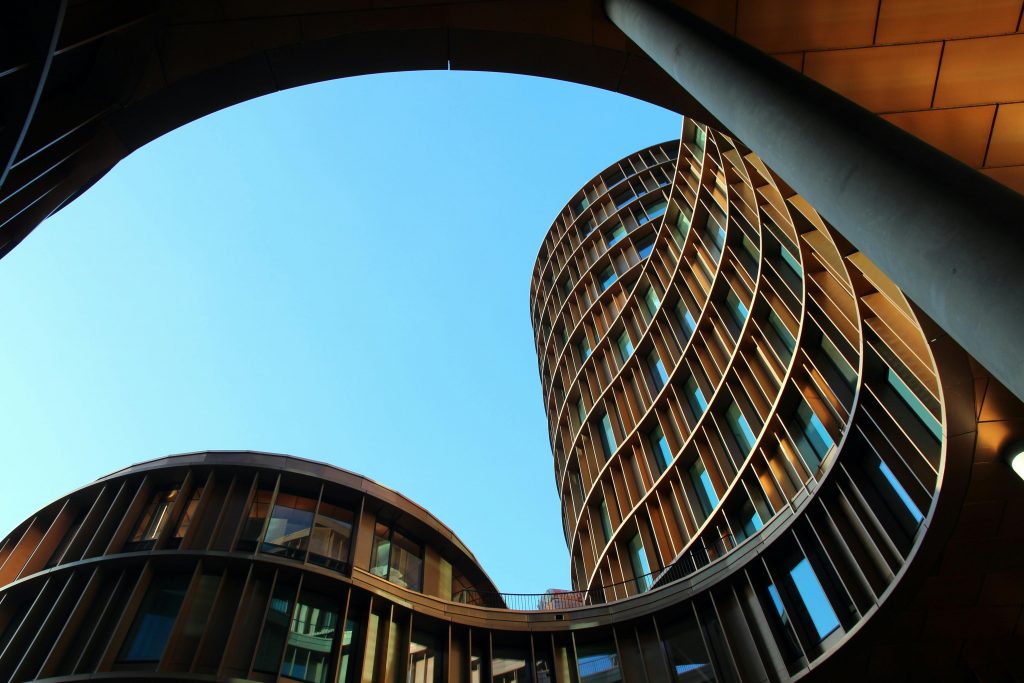- Architectural technologies, like energy management systems, enhance building efficiency and longevity through real-time data analysis and informed decision-making.
- Sustainable architecture prioritizes durability to minimize environmental impact across a building’s life cycle, aiming for reduced waste and material efficiency.
- Designing buildings for durability entails integrating features that lower energy consumption and minimize maintenance, ensuring longevity and cost-effectiveness.
- Architecture’s durability contributes to the strength and legacy of structures and ensures they serve future generations as functional, inspiring spaces.
Architecture creates buildings that look aesthetically pleasing to the eye. It is also about making structures that stand the test of time – both in fashion and structure. This means that the best buildings are those that combine great design with long-lasting durability. This comprehensive post will dive into the interplay of art and science and their role in making well-rounded and sturdy structures.
The Balancing Act: Beauty and Brawn

Architecture is a blend of aesthetics (that’s the art part) and functionality (the science bit). However, there’s something often discussed less frequently, and that’s durability. Making a building that lasts isn’t just about choosing the most rigid materials but about intelligent design from the get-go.
Longevity in buildings matters for several reasons. Not only does it mean less waste and a smaller environmental footprint, but it also makes economic sense. A building that stands strong for years with minimal repair needs is a win-win for everyone.
Safety is another significant aspect of design. Buildings need to be safe havens, able to withstand whatever gets thrown at them – it may be high winds, earthquakes, or just the passage of time.
The Artful Touch: Design for Enduring Appeal
To achieve the aesthetic aspect of any structure, it should be rooted in the following:
Timeless Design Principles
Nobody wants a building that looks outdated within a decade. Applying timeless design principles ensures a structure remains appealing and functional long into the future. It includes considering proportion, scale, and harmony to ensure the building “fits” its environment and purpose.
Intelligent Material Selection and Aesthetics
Choosing suitable materials goes beyond durability. It’s also about how those materials age and look as they weather over time. For example, solid pre-cast concrete walls aren’t just efficient and durable; they can also be designed to add an element of aesthetic appeal to the structure.
The Science of Strength: Materials and Construction Techniques
Materials and the techniques to assemble them are the two basic principles every stakeholder should understand. They can experiment with the appropriate strategy for their projects with proper knowledge.

Understanding Material Properties
The choice of building material has been influenced by its availability and durability. Traditional materials like brick, stone, and steel have stood the test of time because they’re tough. But modern technology has introduced a wide array of advanced materials that offer even greater durability.
Construction Methods for Long-lasting Structures
How a building is put together can make a huge difference in how well it holds up. From ensuring the building envelope (the barrier between the interior and the exterior) is solid and protective to laying down a foundation that will keep the structure upright for centuries, attention to detail in construction methods is vital.
Maintenance Strategies for Longevity
Every endeavor should be partnered with a keen eye to prolong its value. The following can be performed to ensure that buildings seem new at every point.
Regular Inspections and Preventive Maintenance
Regular inspections and preventive maintenance activities are crucial for identifying issues before they become major problems. Scheduling routine checks ensures that every building component, from the roof down to the foundation, remains in optimal condition.
Technological Integration for Efficient Management
Incorporating technology into building maintenance strategies, such as automated systems monitoring building health and energy management systems, can drastically improve efficiency and longevity. These technologies facilitate real-time data collection and analysis, leading to more informed decision-making.
The Sustainable Approach: Durability and Its Environmental Responsibility
Building durable structures isn’t just good practice; it’s a critical part of sustainable design. By planning for the long haul, architects should see the opportunity to minimize a building’s environmental impact over its lifetime.
Life Cycle Assessment
Considering the entire life cycle of a building, from construction to demolition, is crucial. By doing so, architects can make choices that reduce waste, improve material efficiency, and reduce the need for repairs or renovations.
Designing for Energy Performance
A durable building is also an efficient one. By incorporating features that minimize energy use and reduce maintenance needs, architects ensure that a structure stands strong and remains functional and cost-effective.
The drive for durability in architecture fuels building strong structures and creates a legacy for its owners. When art and science come together in design, the result is a building that lasts generations – becoming landmarks, homes, and spaces that continue to serve and inspire long into the future. It’s about leaving behind structures that endure as safe, functional spaces and beautiful contributions to the human landscape.
